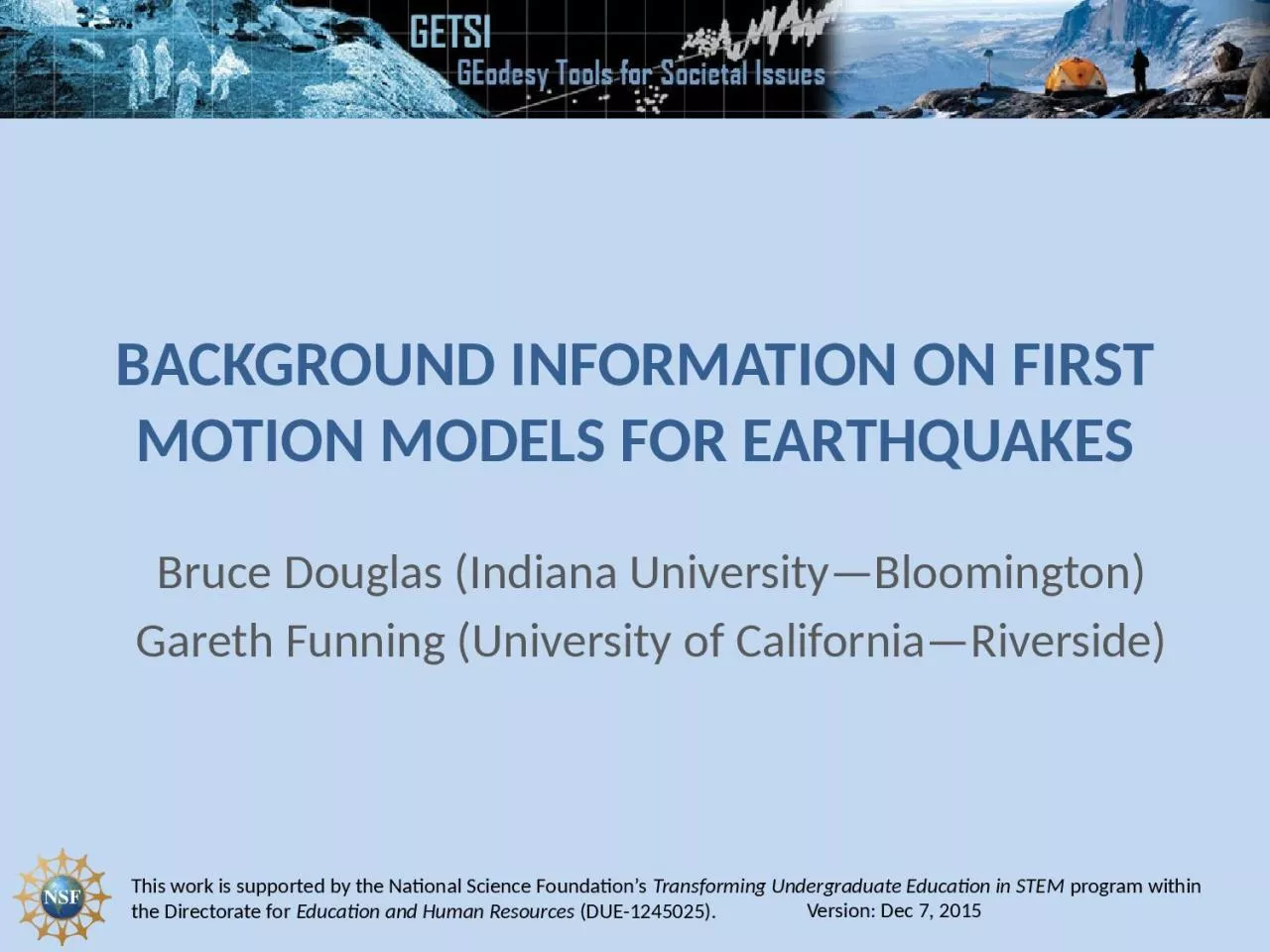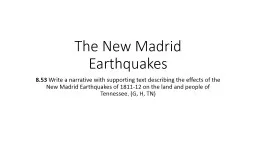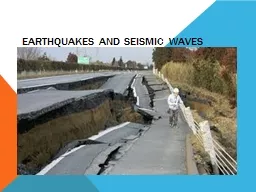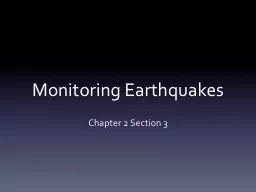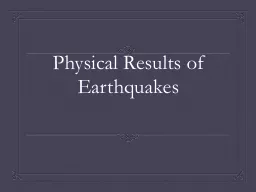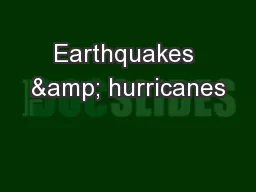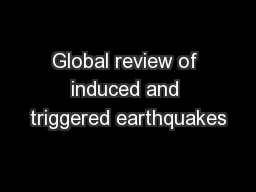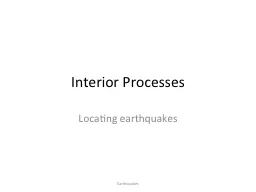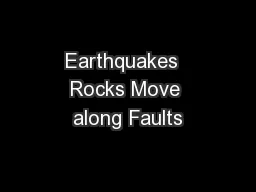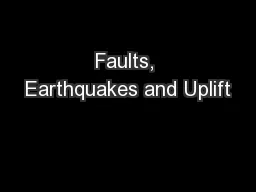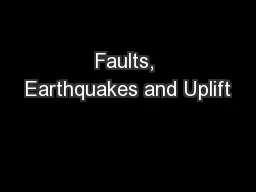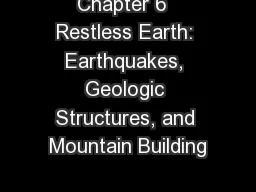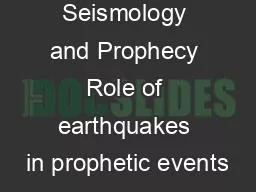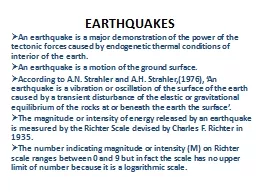PPT-B ackground Information on First Motion Models for Earthquakes
Author : anya | Published Date : 2023-10-04
Bruce Douglas Indiana UniversityBloomington Gareth Funning University of CaliforniaRiverside Version Dec 7 2015 We use a specific set of symbols to identify faulting
Presentation Embed Code
Download Presentation
Download Presentation The PPT/PDF document "B ackground Information on First Motion ..." is the property of its rightful owner. Permission is granted to download and print the materials on this website for personal, non-commercial use only, and to display it on your personal computer provided you do not modify the materials and that you retain all copyright notices contained in the materials. By downloading content from our website, you accept the terms of this agreement.
B ackground Information on First Motion Models for Earthquakes: Transcript
Download Rules Of Document
"B ackground Information on First Motion Models for Earthquakes"The content belongs to its owner. You may download and print it for personal use, without modification, and keep all copyright notices. By downloading, you agree to these terms.
Related Documents

